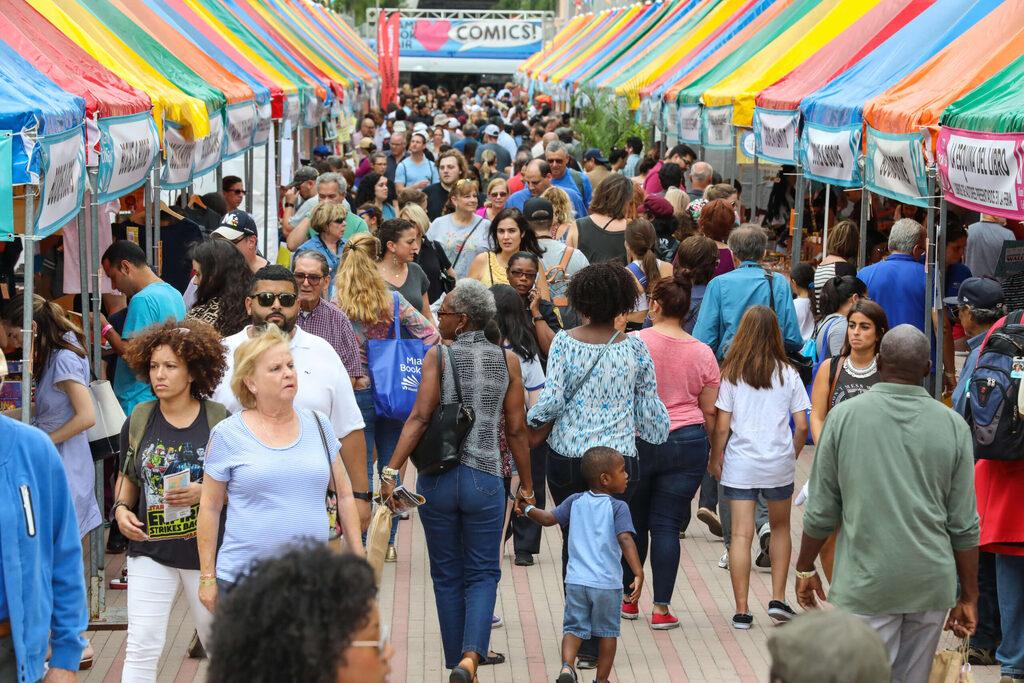Creole, Creolish: Regionalisms in Haitian Creole (Pale moun nan Nò ak pale moun nan Lwès ak Sid) with Prof. Jean-Robert Placide and Prof. Yvon Lamour. Moderated by Ms. Sherley Louis, Ms.Ed. Includes special segments with artist Morel Doucet and Haitian-American lifestyle, tourism, culture, society and entertainment blog L’Union Suite.
Every language has regional dialects. Haitian Creole is also subject to these variations. In Northern Creole, there are words, phrases, and pronunciations that are different from other regions of Haiti. Haitians in the Southern and Western parts of the country do not have these words in their vocabulary. Sometimes, even the same words have different meanings depending on where they are spoken.
In this panel, we examine this phenomenon and ask: Do these regional variations stem from the linguistic separation that took place after Jean-Jacques Dessalines’s death, when two education systems emerged in Haiti, one in French in the South and the West with Pétion; the other one in English in the North/North-West with Henri Christophe?
Nan tout lang gen dyalèk rejyonal. Kreyòl ayisyen an gen menm varyasyon sa a ladan. Nan kreyòl nò peyi a, gen mo, ekspresyon ak pwononsyayon ki pa menm ak nan lòt rejyon peyi Dayiti. Ayisyen nan pati Sid ak nan pati Lwès peyi an pa genyen mo sa yo nan vokabilè yo. Pafwa menm, menm mo yo pa gen menm siyifikasyon tout kote.
Nan panèl sa a, n ap egzaminen fenomèn sa a epi mande: Èske varyasyon rejyonal sa a soti nan separasyon lengwistik la apre lanmò Jan Jak Desalin, lè te gen de sistèm edikasyon ki te parèt an Ayiti, youn an Franse nan Sid ak Lwès ak Petion; lòt la nan lang Angle nan pati Nò/Nòdwès la ak Anri Kristòf?
![]()
The Little Haiti Book Festival is part of Miami Book Fair’s ReadCaribbean programs, sponsored in part by the Green Family Foundation, Miami-Dade County Department of Cultural Affairs and Florida Division of Cultural Affairs.

